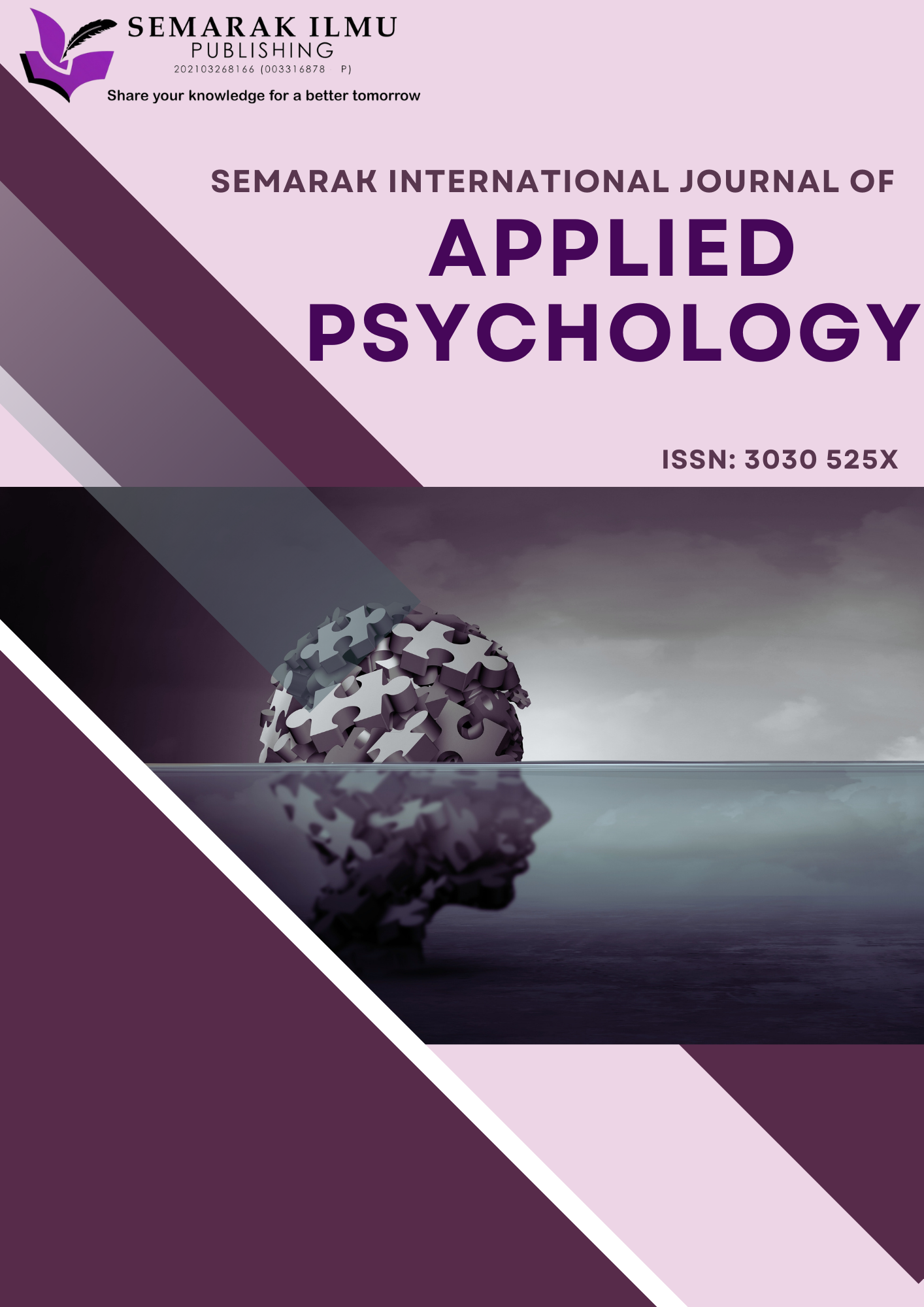Autism Spectrum Disorder Identification from Facial Images Using Fine Tuned Pre-trained Deep Learning Models and Explainable AI Techniques
DOI:
https://doi.org/10.37934/sijap.5.1.2953Keywords:
Autism Spectrum Disorder, deep learning, explainable AI, LIME, Grad-CamAbstract
Autism Spectrum Disorder (ASD) is a neurodevelopmental condition that requires early diagnosis for effective intervention. Traditional diagnostic tools, such as MRI and CT scans, are often expensive, time-consuming, and inaccessible in underprivileged regions. To address this challenge, this study leverages facial images as a cost-effective and non-invasive alternative for ASD identification. A comprehensive evaluation of twelve pre-trained deep learning models—including ResNet-50, ResNet-101, ResNet-152, MobileNetV2, MobileNetV3, AlexNet, InceptionV1 (GoogleNet), SqueezeNet, EfficientNetB0, DenseNet121, DenseNet201, and VGG16—was conducted. Among these, DenseNet121 emerged as the top-performing model, achieving an accuracy of 90.33%, precision of 92.00%, recall of 92.00%, and an F1-score of 90.00%. Explainable AI techniques, including Local Interpretable Model-Agnostic Explanations (LIME) and Gradient-weighted Class Activation Mapping (Grad-Cam), were applied to highlight facial regions crucial for the model's predictions, enhancing transparency and trust. The proposed DenseNet121 model outperformed previous works. The results demonstrate the efficacy of this approach, offering a reliable, interpretable, and accessible solution for ASD identification, particularly in resource-constrained settings.
Downloads














